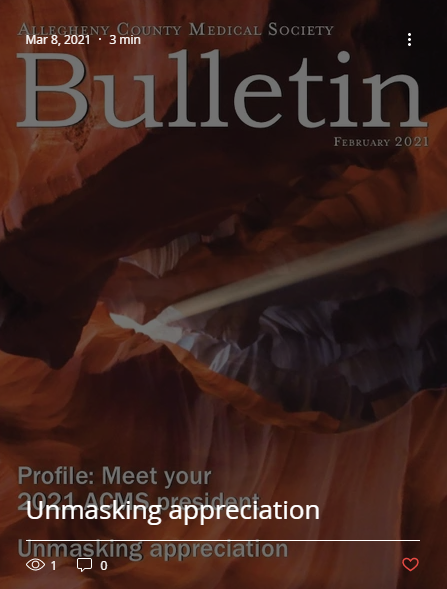
Dr. Andrea Taylor-Cummings said, “People go where they feel welcome, but stay where they feel valued.”
Not all attempts to show appreciation are equal, especially through the eyes of the recipient. A recent online search for “how to show appreciation” led me to YouTube, where a millennial couple talked about how they’ve never felt more appreciated by one another until they started to recognize their so-called “love languages.” I’ve never read Dr. Gary Chapman’s 1992 book on the subject, but watching this video intrigued me enough to take a crash course via Google. Dr. Chapman’s five love languages are words of affirmation, acts of service, receiving gifts, quality time and physical touch. There are practical ways that this concept can be applied to professional relationships.
Using words of affirmation, whether verbally or in writing, is a go-to way for many people to show appreciation to others. Now, I personally love a hand-written greeting card any day of the year, but I know that not everyone feels the same way. How many times have we all seen someone be thanked only to shrug it off with an eyeroll as soon as the other person leaves? There are many factors that could influence a situation like that, of course, but maybe the person would prefer a different form of recognition.
Physical touch is mostly off the table right now for people outside your household due to the COVID-19 pandemic. We’re not shaking hands or offering high-fives like we usually would, but that does not mean that touch is irrelevant. I had a patient burst into tears in December when I felt her wrist to check her pulse. Her explanation was that she had not been touched by anyone in months. It meant the world to her in that moment to feel connected to someone again in that way. We both left the exam room with wet masks.
It makes sense to me that quality time is one of the love languages. Life is especially hard right now. Everyone has a lot going on within work and outside of it, so let’s take a few minutes to be curious about each other and have a real conversation. It can make people’s day to ask about something specific that’s going on with them. It’s important to be mentally present with the person, whether you’re talking at a safe distance in person, speaking on the phone, or making funny faces at each other over a video chat.
Receiving gifts is another way we can show appreciation, and of course the gift does not need to cost a lot of money. This is a good opportunity to get creative. An example could be to bake a co-worker a gluten-free cake for his birthday. (Hold the candles again this year!) You could bring in a spare strap extender for someone whose ears are raw from wearing masks. You could buy lunch for your office, or maybe give a financial bonus to people for helping to meet quality measures.
And, lastly, acts of service. Find a way to help lighten the load for someone else. The best example I can think of for this is to recognize that many times, our well-intentioned gifts create additional work for someone else. Sure, probably everyone in my office would appreciate lunch from a local restaurant, but there are a couple of people I know who would feel even more appreciated if I either placed the order myself or helped to clean up the breakroom afterwards.
Some people might not know what makes them feel appreciated. If someone is unhappy or struggling right now, which is not uncommon, then I suggest asking the person what’s going on, and listening really well to the response.
We are getting through this pandemic together as a team. Maybe we can all better communicate our appreciation to those around us with these insights from Dr. Chapman.
Dr. DiPlacido specializes in family medicine and geriatrics at Renaissance Family Practice, Millvale, and Seneca Place Skilled Nursing Facility. She can be reached at [email protected].

